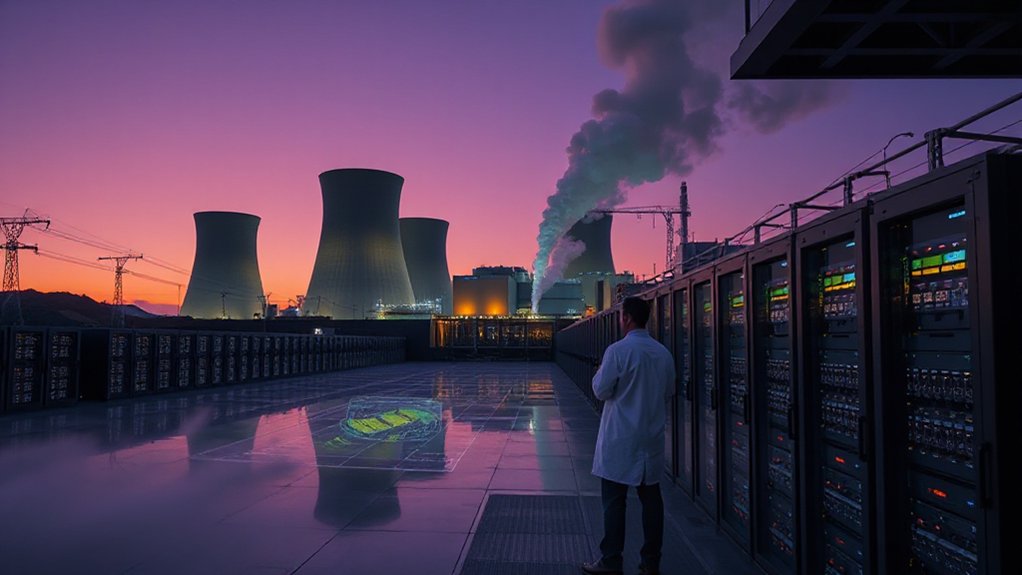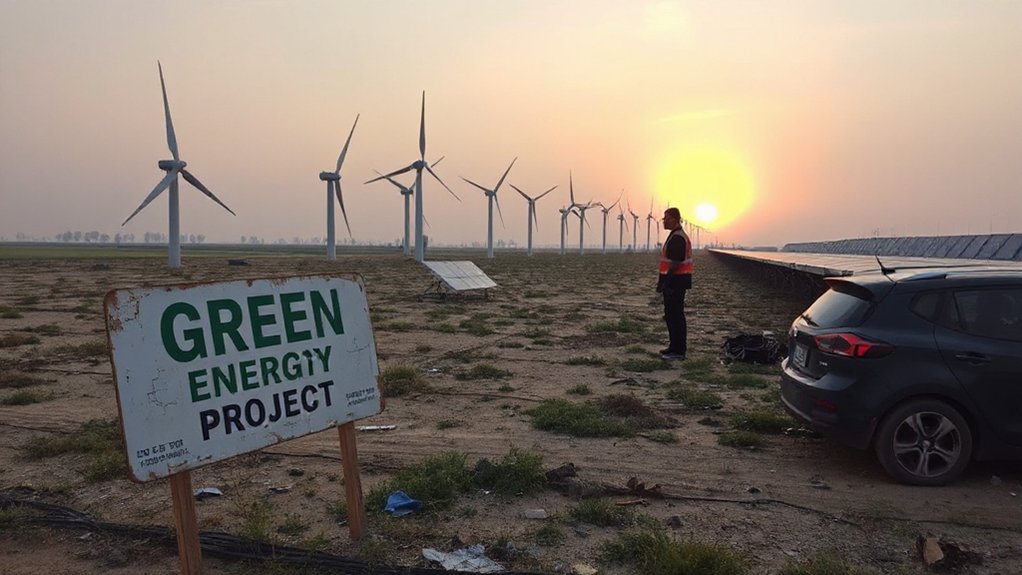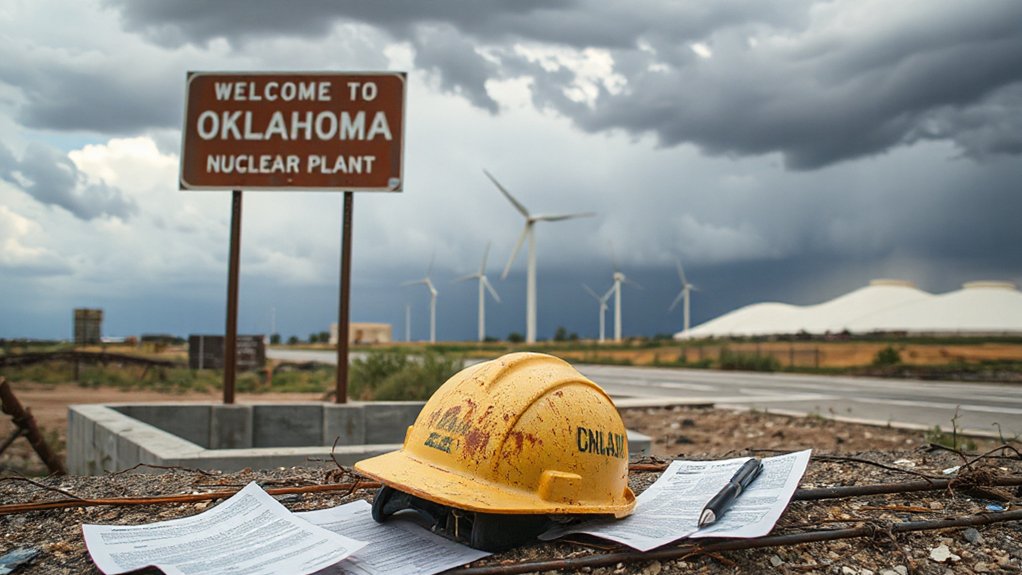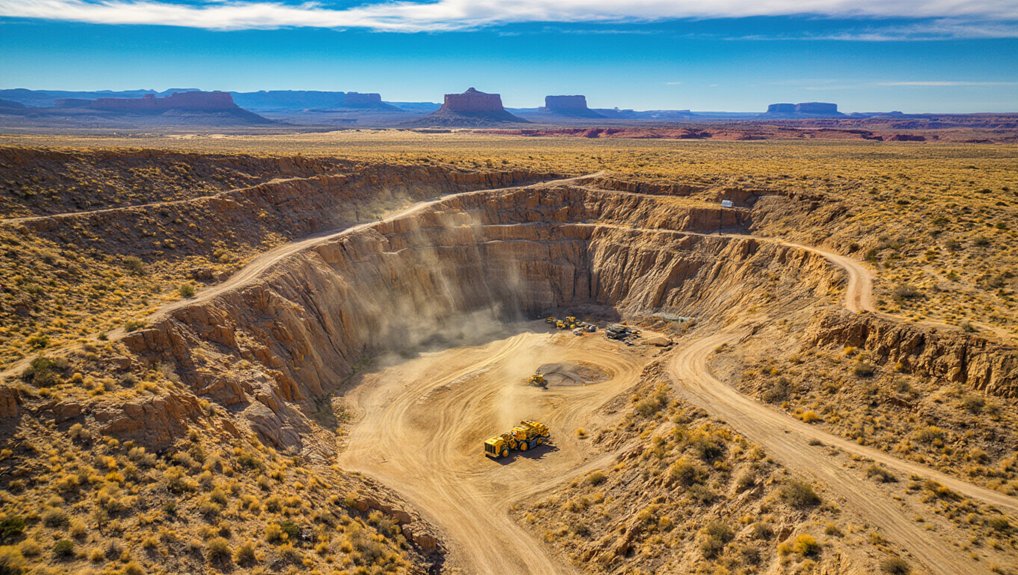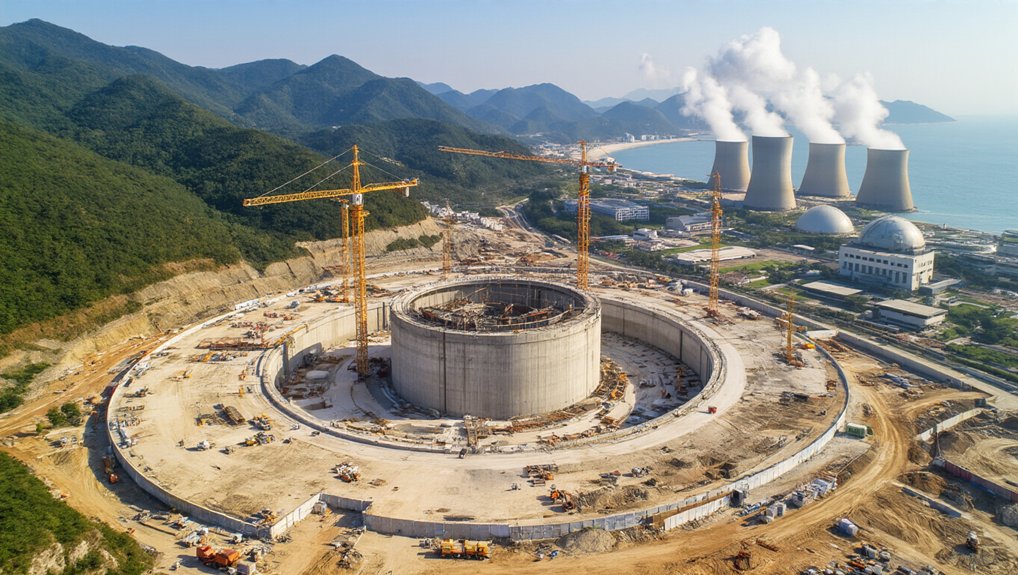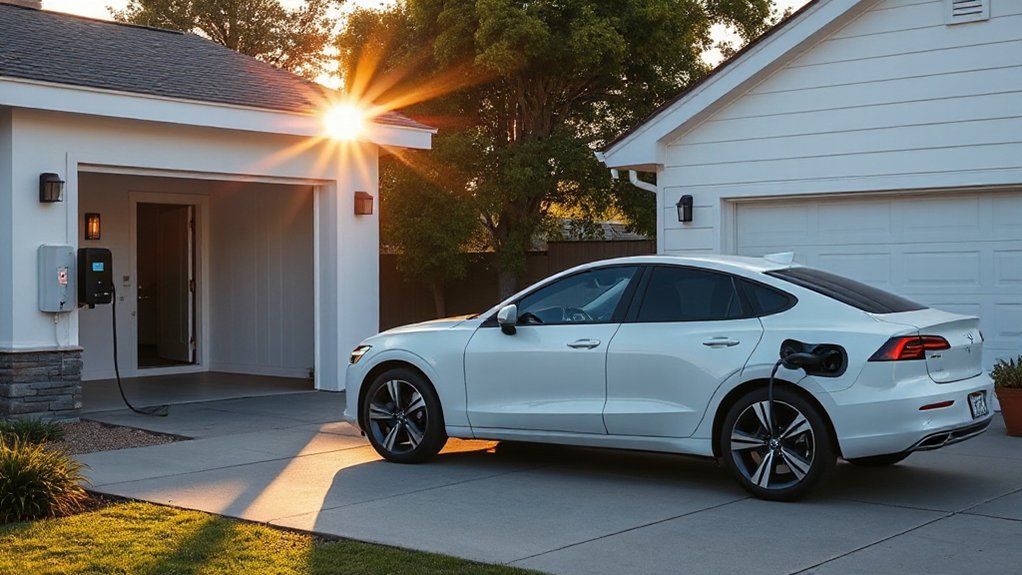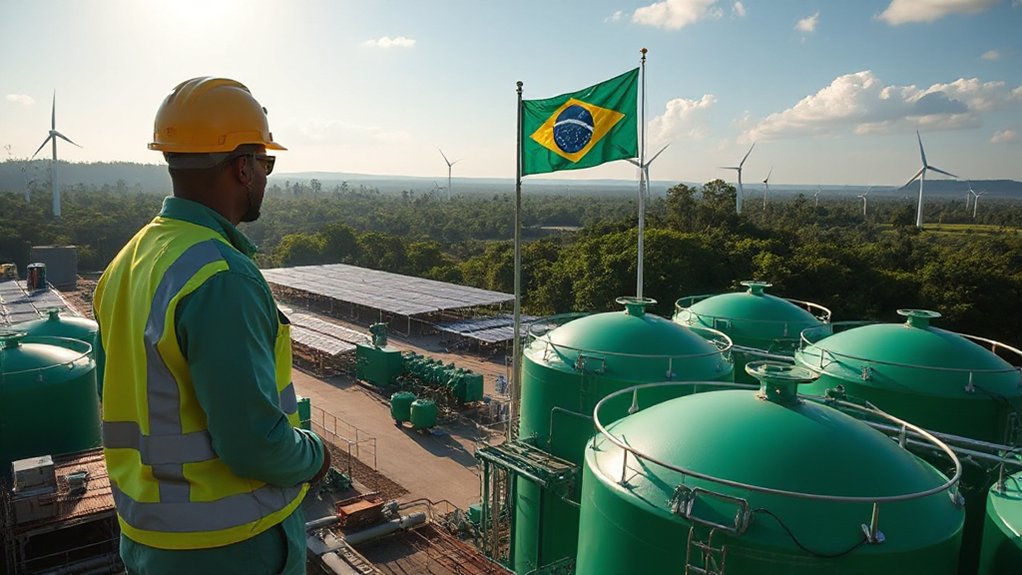As the world’s thirst for computing power accelerates at breakneck speed, a perfect storm is brewing between AI’s ravenous energy appetite and our power grids‘ ability to feed the beast. The numbers are staggering. US electricity consumption will hit record highs by 2026, blowing past 4,239 billion kilowatt-hours. Why? Data centers. Lots of them.
These digital factories are power hogs. They already gulp down 183 terawatt-hours annually—that’s 4% of all US electricity, equivalent to powering an entire Pakistan. And they’re just getting started. By 2030, that figure will skyrocket 133% to 426 terawatt-hours. In some states, it’s already ridiculous: 26% of Virginia’s electricity feeds these digital beasts.
Large language models are particularly gluttonous. Training them requires thousands of GPUs running non-stop for months. The math is simple and terrifying. More parameters equal more power. More retraining equals more power. More inference equals—you guessed it—more power.
AI’s appetite is insatiable—more intelligence means more power, more computation, more electricity devoured by the digital beast.
Funny thing about electricity—it has to come from somewhere. About 60% of this new demand will be met by fossil fuels, pumping out roughly 220 million tons of CO2 annually. That’s like adding 220 million gas-guzzlers to our roads. So much for those net-zero pledges, right? Geothermal energy could offer a cleaner alternative with 99% less carbon dioxide than fossil fuels, though its adoption remains limited by location constraints.
Nuclear power is positioning itself as the hero in this energy drama. Unlike solar panels that take naps at night or wind turbines that slack off when the air is still, nuclear plants provide constant, reliable juice—exactly what data centers crave. With nuclear’s share expected to remain stable at 19%, its reliability becomes even more crucial as other energy sources fluctuate.
This need for always-on, carbon-light power is driving a $2.2 trillion nuclear renaissance. The International Energy Agency predicts global electricity demand from data centers will exceed 945 terawatt-hours by 2030. The timing couldn’t be better. By 2030, AI’s electricity consumption alone will surpass Japan’s entire national usage.
Tech giants know the score. Their massive AI ambitions require equally massive power solutions. And they’re betting big on nuclear—not just for environmental brownie points, but because their digital empires literally can’t run without it.
References
- https://www.morganlewis.com/blogs/datacenterbytes/2025/02/artificial-intelligence-and-data-centers-predicted-to-drive-record-high-energy-demand
- https://news.mit.edu/2025/responding-to-generative-ai-climate-impact-0930
- https://iee.psu.edu/news/blog/why-ai-uses-so-much-energy-and-what-we-can-do-about-it
- https://www.pewresearch.org/short-reads/2025/10/24/what-we-know-about-energy-use-at-us-data-centers-amid-the-ai-boom/
- https://www.carbonbrief.org/ai-five-charts-that-put-data-centre-energy-use-and-emissions-into-context/
- https://hai.stanford.edu/ai-index/2025-ai-index-report
